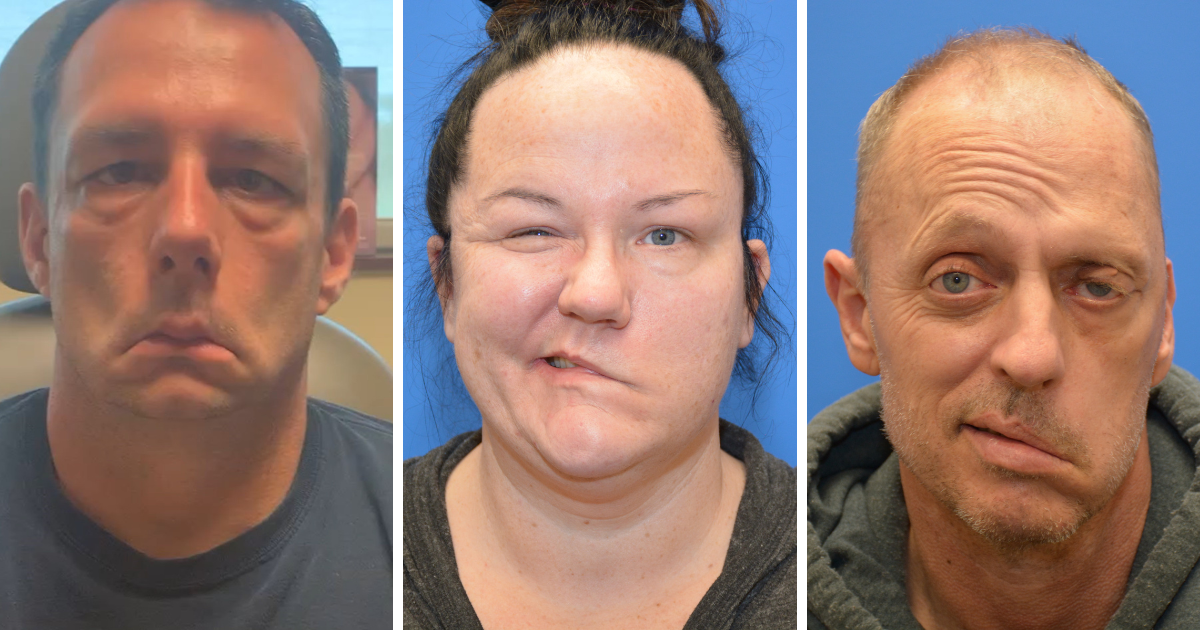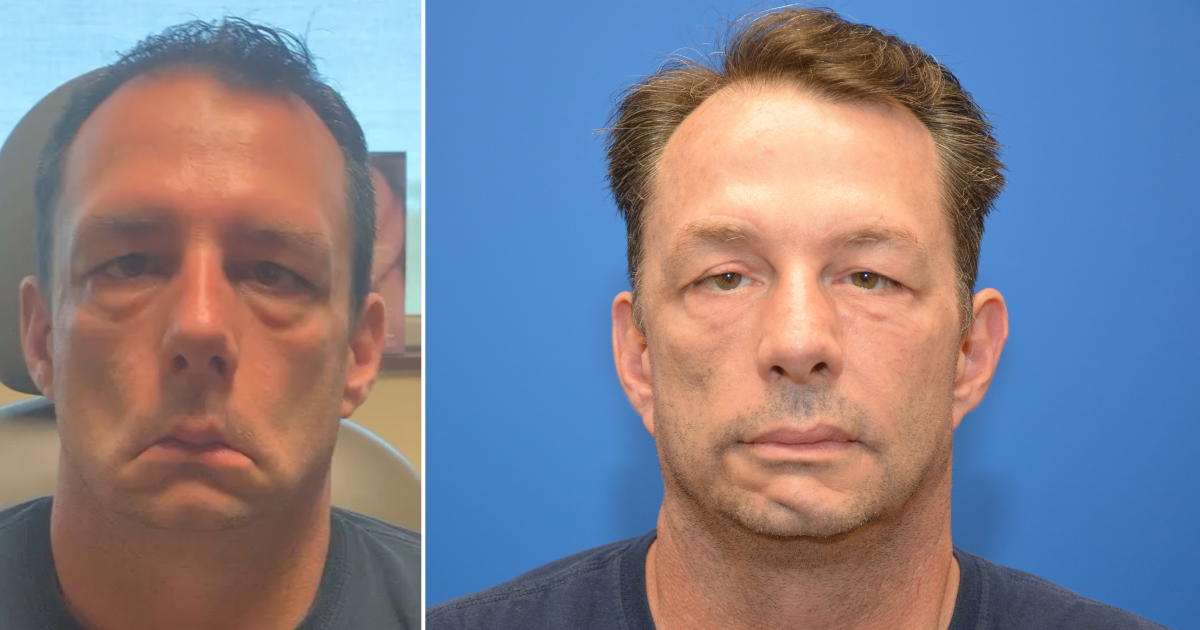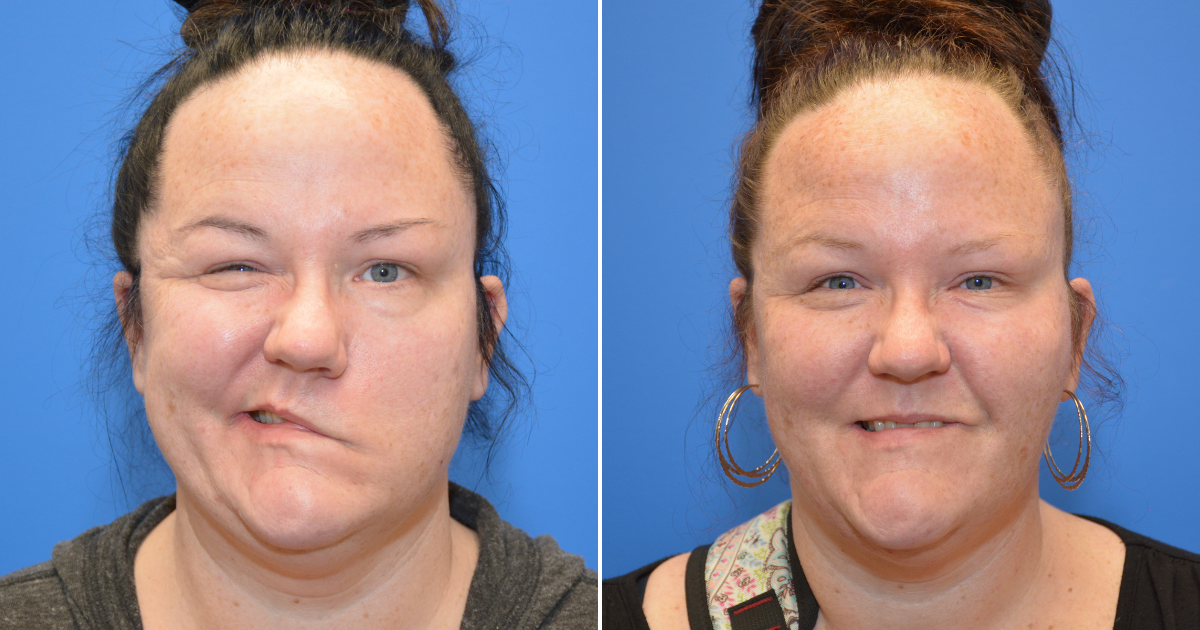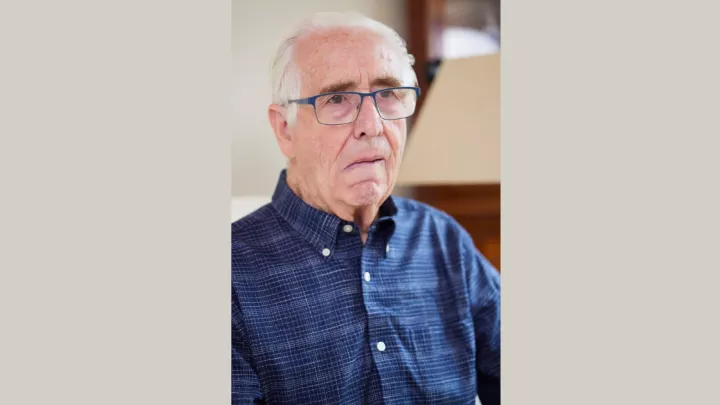Facial paralysis surgery and treatment

Facial paralysis is a condition characterized by the inability to move the muscles on one or both sides of the face voluntarily or involuntarily. It can be caused by various factors.
While some people recover naturally from facial paralysis, others require intervention. Nonsurgical treatments can help restore function, but in some cases, surgery is necessary to optimize outcomes and improve quality of life.
In this article, we will explore three cases of facial paralysis treated by Wes Heckman, MD. We will also explain which surgeries were performed and why.
Barry Conner

Conner came to Nebraska Medical Center experiencing bilateral (both right and left-sided) facial paralysis. The following procedures were performed:
- Bilateral hypoglossal nerve transfer: Helps reestablish tone to the face.
- Bilateral masseteric nerve transfer: Allows the patient to smile again.
- Bilateral facelift and browlift: Resuspends the face into a more normal position.
- Bilateral upper eyelid implant and lower eyelid tightening: Allows the eye to close.
- Bilateral fat injections: Helps improve the contour of the cheeks.
Mandy Gartner

Gartner sought the help of Heckman to treat left-sided facial paralysis. The following procedures were performed:
- Hypoglossal nerve transfer: Helps reestablish tone to the face.
- Masseteric nerve transfer: Allows the patient to smile again.
- Static sling and facelift: Resuspends the face into a more normal position.
- Upper eyelid implant and lower eyelid tightening: Allows the eye to close.
Kenneth Koch
.png)
Koch came to Nebraska Medical Center seeking treatment for left-sided facial paralysis. The following procedures were performed:
- Hypoglossal nerve transfer: Helps reestablish tone to the face.
- Masseteric nerve transfer: Allows the patient to smile again.
- Static sling and facelift: Resuspends the face into a more normal position.
- Upper eyelid implant and lower eyelid tightening: Allows the eye to close.






